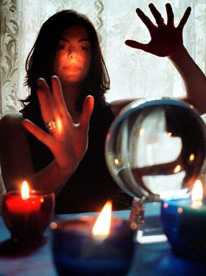
Photograph: Alamy
“THREE decades ago, few scientists were courageous enough to break ranks and question their own belief system,” Deepak Chopra writes.
“Even calling science a belief system sounded outrageous – religion is a matter of belief, science a matter of facts.”
What follows are excerpts from Deepak Chopra’s recent article in the San Francisco Chronicle SFGate – Dr. Rupert Sheldrake’s top 10 list on Scientific Ideology – and H. P. Blavatsky’s “Ten Items” of natural law in Isis Unveiled (Vol. 2:588), called “the fundamental propositions of the Oriental philosophy.”
“The most far-seeing scientist who was willing to break ranks then, as now, was Rupert Sheldrake, who risked his impeccable credentials as a Cambridge biochemist with real joy, like a man suddenly able to breathe.
“Thirty years after his first heretical books, Sheldrake’s new one, ‘Science Set Free’ is a landmark achievement. No science writing has inspired me more.”
“Sheldrake’s essential point is that science needs setting free from ten blind dogmas. These dogmas embrace a true belief system as much as Roman Catholicism or any other faith. Behind the daily activity of gathering data, science assumes certain things about reality that, according to Sheldrake, are unsupportable.
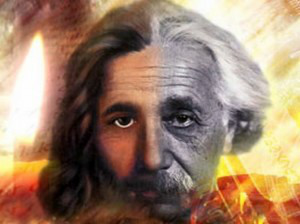
Science vs Religion
“The first dogma, for example, holds that the universe is mechanical,” he reasons. “If that is so, then everything in the universe is also mechanical, including human beings — or to use a phrase from the noted atheist Richard Dawkins, we are ‘lumbering robots.’
“From a scientist’s perspective, to understand everything that you need to know about human beings, you only have to tinker with all the mechanical parts of genes and the brain until there are no more secrets left.”
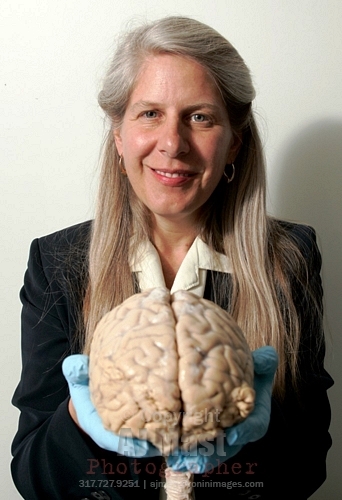
Jill Bolte Taylor
“The phenomena of divine consciousness have to be regarded as activities of our mind on another and a higher plane,” Mme. Blavatsky concurs, “working through something less substantial than the moving molecules of the brain.
“They cannot be explained as the simple resultant of the cerebral physiological processes, as indeed the latter only condition them or give them a final form for purposes of concrete manifestation.”
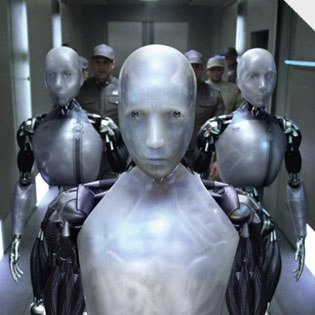
i Robot
“The seat of memory is assuredly neither here nor there, but everywhere throughout the human body. To locate its organ in the brain is to limit and dwarf the Universal Mind and its countless Rays which inform every rational mortal. As we write for Theosophists, first of all, we care little for the psychophobian prejudices of the Materialists who may read this and sniff contemptuously at the mention of ‘Universal Mind’ and the Higher noetic souls of men.”
(H. P. Blavatsky: Psychic and Noetic Action II)
The Non-Local Brain Field No Place for The ‘I’“Clearly such a view leaves no room for the soul,” Sheldrake agrees, “which becomes a wispy illusion that needs to be swept away. But then, so does the self, because there is no region of the brain that contains ‘I,’ a person.
“As long as ‘I’ is a hallucination formed by complex neural circuitry, one can throw out – or reduce to mechanical operations – love, beauty, truth, compassion, honor, devotion, faith, and so on, the whole apparatus that makes a person’s life feel valuable. A random universe has no purpose; therefore, giving lumbering robots a purpose is dubious.”
“A Telepathic Cat” 10 Dogmas of Modern Scienceby Rupert Sheldrake, PhD
“Contemporary science is based on the philosophy of materialism, which claims that all reality is material or physical. There is no reality but material reality. Consciousness is a by-product of the physical activity of the brain. Matter is unconscious. Evolution is purposeless. God exists only as an idea in human minds, and hence in human heads.

Brain Waves
“These beliefs are powerful not because most scientists think about them critically, but because they don’t. The facts of science are real enough, and so are the techniques that scientists use, and so are the technologies based on them. But the belief system that governs conventional scientific thinking is an act of faith, grounded in a nineteenth century ideology.”
The Core Beliefs“Here are the ten core beliefs that most scientists take for granted:
“1. Everything is essentially mechanical. Dogs, for example, are complex mechanisms, rather than living organisms with goals of their own. Even people are machines, ‘lumbering robots,’ in Richard Dawkins’ vivid phrase, with brains that are like genetically programmed computers.

Dogs That Know
“2. All matter is unconscious. It has no inner life or subjectivity or point of view. Even human consciousness is an illusion produced by the material activities of brains.
“3. The total amount of matter and energy is always the same (with the exception of the Big Bang, when all the matter and energy of the universe suddenly appeared).
THE REAL “BIG BANG”
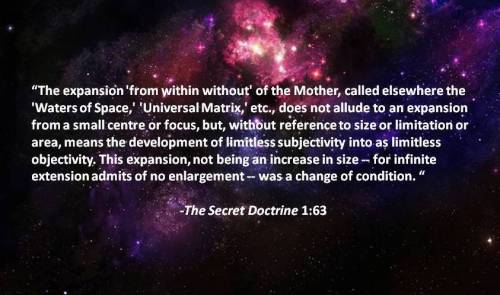
“4. The laws of nature are fixed. They are the same today as they were at the beginning, and they will stay the same forever.
“5. Nature is purposeless, and evolution has no goal or direction.
“6. All biological inheritance is material, carried in the genetic material, DNA, and in other material structures.

Testube DNA
“7. Minds are inside heads and are nothing but the activities of brains. When you look at a tree, the image of the tree you are seeing is not “out there”, where it seems to be, but inside your brain.
“8. Memories are stored as material traces in brains and are wiped out at death.
“9. Unexplained phenomena like telepathy are illusory.
“10. Mechanistic medicine is the only kind that really works.
Dr. Sheldrake SpeaksAssumptions
“Together, these [materialistic] beliefs make up the philosophy or ideology of materialism, whose central assumption is that everything is essentially material or physical, even minds. This belief-system became dominant within science in the late nineteenth century, and is now taken for granted.
“Many scientists are unaware that materialism is an assumption; they simply think of it as science, or the scientific view of reality, or the scientific worldview. They are not actually taught about it, or given a chance to discuss it. They absorb it by a kind of intellectual osmosis.

New Age Healing
“In everyday usage, materialism refers to a way of life devoted entirely to material interests, a preoccupation with wealth, possessions and luxury.”

“To comprehend the principles of natural law involved in the several phenomena hereinafter described, the reader must keep in mind the fundamental propositions of the Oriental philosophy which we have successively elucidated. Let us recapitulate very briefly:

“1st. There is no miracle. Everything that happens is the result of law — eternal, immutable, ever active. There may be laws once ‘known,’ now unknown to science.
“2d. Nature is triune: there is a visible, objective nature; an invisible, indwelling, energizing nature, the exact model of the other, and its vital principle; and, above these two, spirit, source of all forces, alone eternal, and indestructible. The lower two constantly change; the higher third does not.
“3d. Man is also triune: he has his objective, physical body; his vitalizing astral body (or soul), the real man; and these two are brooded over and illuminated by the third — the sovereign, the immortal spirit. When the real man succeeds in merging himself with the latter, he becomes an immortal entity.

Child Sight
“4th. Magic, as a science, is the knowledge of these principles, and of the way by which the omniscience and omnipotence of the spirit and its control over nature’s forces may be acquired by the individual while still in the body. Magic, as an art, is the application of this knowledge in practice.
“5th. Arcane knowledge misapplied, is sorcery; beneficently used, true magic or WISDOM.
“6th. Mediumship is the opposite of adeptship; the medium is the passive instrument of foreign influences, the adept actively controls himself and all inferior potencies.

The Astral Matrix
“7th. All things that ever were, that are, or that will be, having their record upon the astral light, or tablet of the unseen universe, the initiated adept, by using the vision of his own spirit, can know all that has been known or can be known.
“8th. Races of men differ in spiritual gifts as in color, stature, or any other external quality; among some peoples seership naturally prevails, among others mediumship. Some are addicted to sorcery, and transmit its secret rules of practice from generation to generation, with a range of psychical phenomena, more or less wide, as the result.
“9th. One phase of magical skill is the voluntary and conscious withdrawal of the inner man (astral form) from the outer man (physical body). In the cases of some mediums withdrawal occurs, but it is unconscious and involuntary. With the latter the body is more or less cataleptic at such times; but with the adept the absence of the astral form would not be noticed, for the physical senses are alert, and the individual appears only as though in a fit of abstraction — ‘a brown study,’ as some call it.
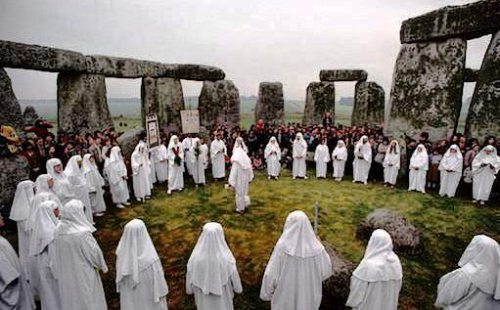
Druids at Stonehenge
“10th. The corner-stone of MAGIC is an intimate practical knowledge of magnetism and electricity, their qualities, correlations, and potencies. Especially necessary is a familiarity with their effects in and upon the animal kingdom and man. There are occult properties in many other minerals, equally strange with that in the lodestone, which all practitioners of magic must know, and of which so-called exact science is wholly ignorant.
Scientific Taboos Dean Radin, Ph.D Psychic Plants“Plants also have like mystical properties in a most wonderful degree, and the secrets of the herbs of dreams and enchantments are only lost to European science, and useless to say, too, are unknown to it, except in a few marked instances, such as opium and hashish.
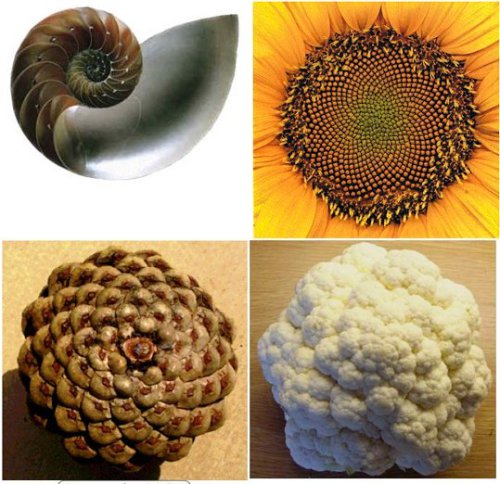
“Yet, the psychical effects of even these few upon the human system are regarded as evidences of a temporary mental disorder. The women of Thessaly and Epirus, the female hierophants of the rites of Sabazius, did not carry their secrets away with the downfall of their sanctuaries. They are still preserved, and those who are aware of the nature of Soma, know the properties of other plants as well.”
– H. P. Blavatsky
Miracle or Magic?





